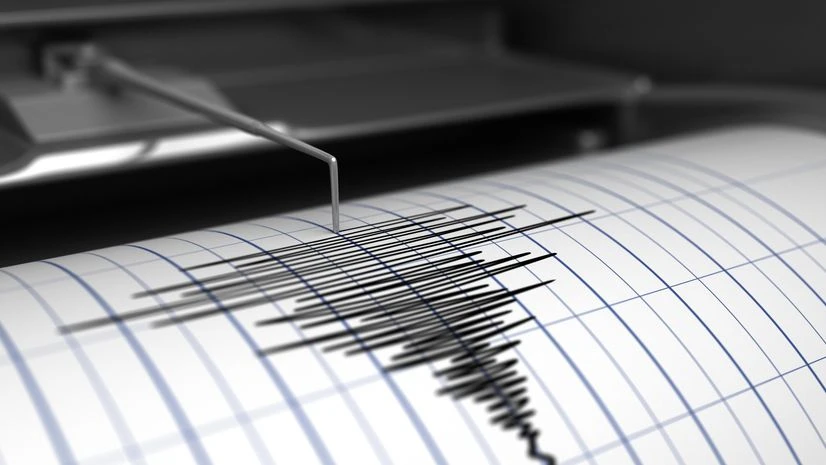Delhi-NCR woke up to strong tremors as an earthquake of magnitude 4 was felt in the early hours of Monday morning. The tremors were strong enough to be felt in the residential areas of the national capital and the surrounding areas of Noida and Indirapuram.
According to the National Center for Seismology, the earthquake that struck Delhi and other NCR regions occurred at a latitude of 28.59 North and longitude of 77.16 East, at a depth of five kilometres.
According to a report, the epicentre was near Durgabai Deshmukh College of Special Education in Dhaula Kuan. That region, which has a lake nearby, has been experiencing smaller, low-magnitude quakes once every two to three years. It recorded an earthquake of magnitude 3.3 in 2015, PTI reported, citing an official. A loud sound was also heard when the earthquake struck.
Seismic Zones in India
India is divided into four seismic zones: Zone II, Zone III, Zone IV, and Zone V. Zone V experiences the highest seismic activity, while Zone II has the lowest. The national capital falls in Seismic Zone IV, making it more prone to moderate to strong earthquakes.
Around 11 per cent of India falls within Zone V, about 18 per cent in Zone IV, and roughly 30 per cent in Zone III, with the remaining areas in Zone II. This means that approximately 59 per cent of India's landmass, encompassing all states, is susceptible to earthquakes of varying intensities.
Also Read
There have been no reports of immediate damage or casualties so far.
Videos shared on social media platform X show residents rushing out of their homes after the strong tremors woke them from their sleep.
Delhi Police also took to X to inform people about the earthquake, writing, "We hope you all are safe, Delhi!" PM Modi urges people to stay calm Prime Minister Narendra Modi took to X and urged the people to stay calm and follow safety precautions, while keeping alert for possible aftershocks. He also said that the authorities are monitoring the situation closely.

)